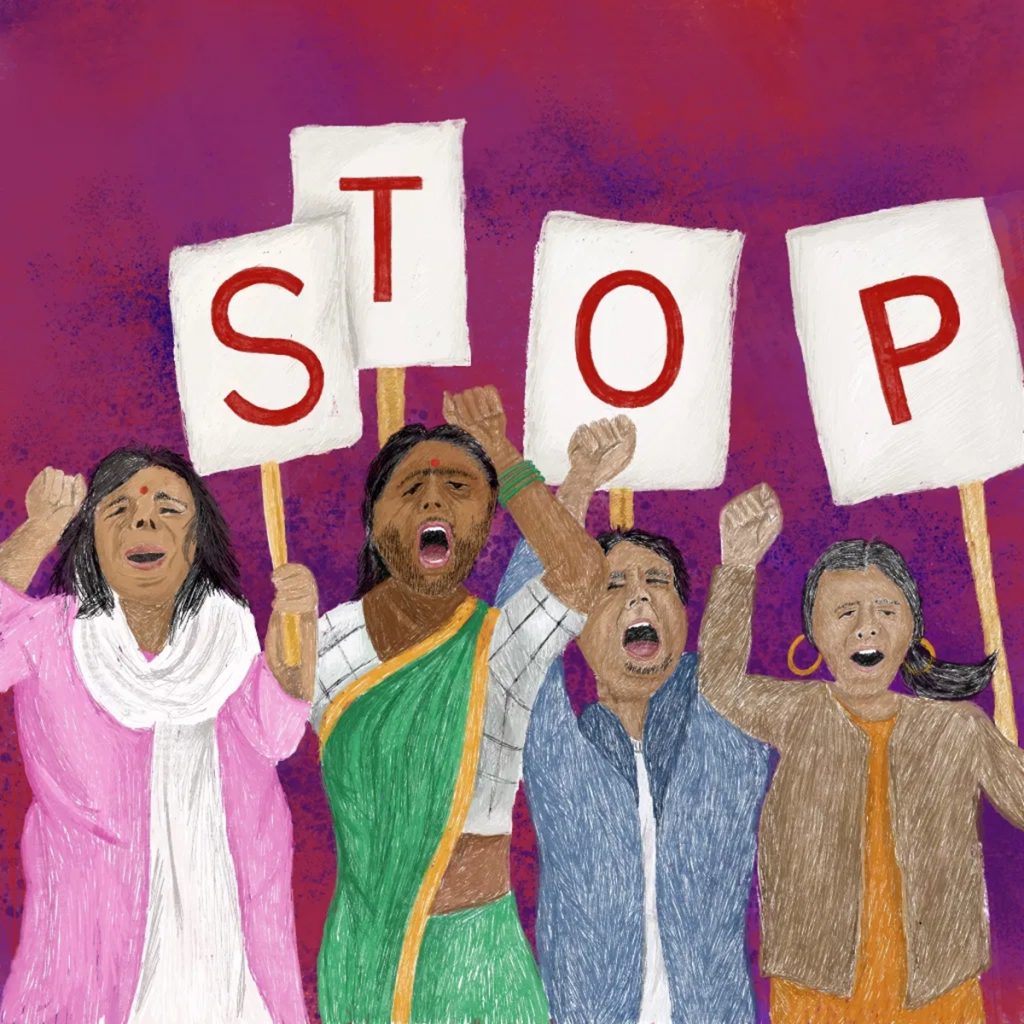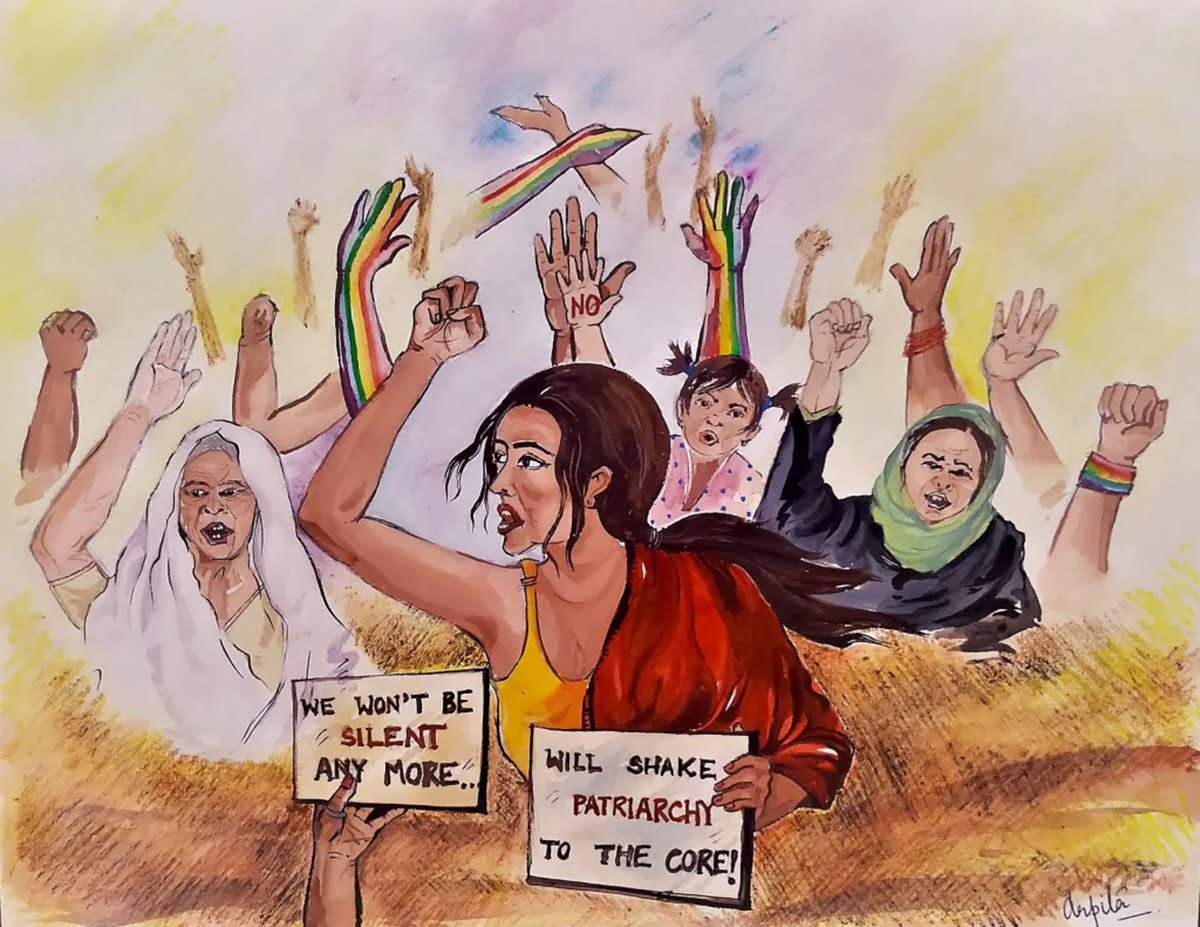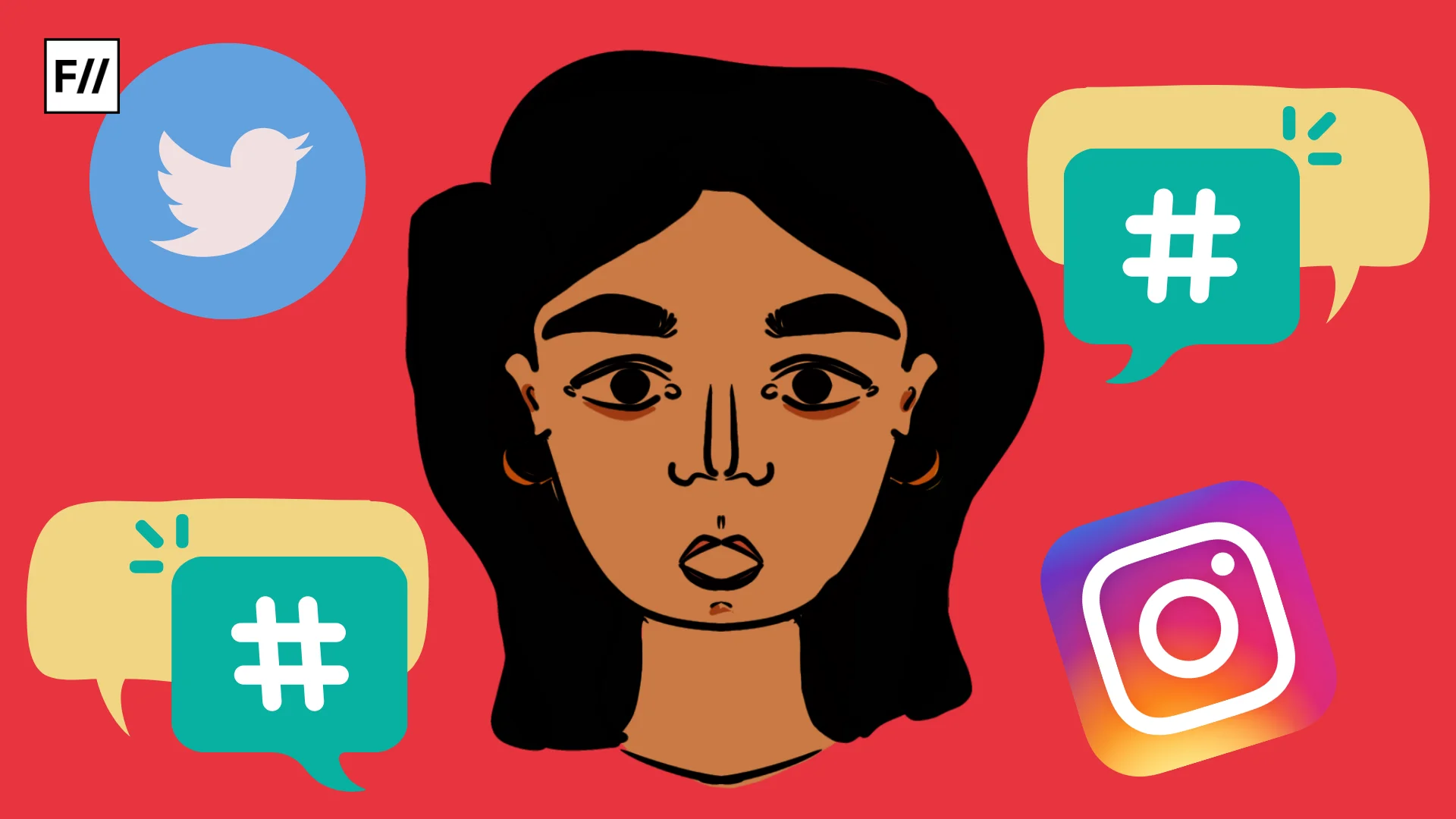TW: Rape, Sexual Molestation, Child sexual assault, Homophobia
The idea that the law is blind is a fad that needs to be flushed out. The law is extremely oculus and needy of evidence, in nature. I am not a law student and therefore, I owe this closure to Kiruba Munuswamy, Vikramaditya Sahai and Akhil Kang, in particular.
As a queer woman who is a survivor of gender-based violence (GBV), I feel that there can never be any closure to lived experiences of atrocities. But without reading the works of the people I just mentioned, I would not have realised that there really is no way for sexual assault survivors to get justice in this country because the structure inherently fails all marginalised people. It is brahminical and essentially cis-hetero masculine.
Also read: Me Too At The Margins: Women, Trauma And Testimonies
Hear me out.
Schools do not have conversations regarding sex, gender or violence and are instrumental in manufacturing heteronormative, binary-conforming adults who lose their minds the minute that their adult selves have to be in the presence of a survivor speaking up about their experiences.
I am yet to meet a single queer person of any gender identity or a cis-gender, heterosexual woman who has never been harassed in public spaces but yes, I have met countless cis-gender, heterosexual men who do not have any lived experiences of harassment in the public sphere of social interaction and daily life. However, I have also met cis-gender, heterosexual men who have experienced gruesome forms of sexual violence and have never been able to and will never be able to speak of it – thanks to incorrect social training with respect to gender norms, the most popular and oppressive being “Mard ko dard nahi hota”.
Feminism’s foundational language is that of lived experiences, which is probably not enough for an apathetic legal system who seeks evidence from its notion of a perfect victim. We produce our stories as testaments that challenge patriarchal structures. Hereby, I present my own case study. I am a cis gender, queer woman who will never get justice despite having been violated twice in my life. A cis gender woman raped me, a child, consistently for three years and a cis gender man, molested me in an attempt to rape, many years later, whilst in college.
As a child, I lacked language to reach out. So all I said to my mother was, “I don’t like playing with her. I don’t like the games that she plays with me. It’s not nice”. These three sentences that I said in my mother tongue (Bengali) saved those three years from turning into four or more. Telling my mother the truth has been a process. It was not a one time event. Explaining same sex violence to her was a process because, to begin with, the idea of consensual sex between two women itself was absent in her worldview. I remember standing in our living room and screaming, “Grow up, Ma. Use your access and unlearn the idea that only men and women can have sex. Lesbians have consensual sex. She raped me. There is nothing called non consensual sex. It is just that – Rape.”
In case you think that I am narrating this incident to use it as a metaphor in order to explain the legal and judicial structure of the country, then you’re mistaken. This is one of the many problems that contribute to a hetero-masculine legal and judicial infrastructure.
Time and again, marginalised people have had to present their bodies to a cis gender, heterosexual bench of judges (with legacy of academic and financial access and privilege) who have treated trauma with insensitivity and measured its brevity by theorising on it with cold and inhumane evidence-based legal practice.
Time and again, marginalised people have had to present their bodies to a cis gender, heterosexual bench of judges (with legacy of academic and financial access and privilege) who have treated trauma with insensitivity and measured its brevity by theorising on it with cold and inhumane evidence-based legal practice.
Would section 377 of the Indian Penal Code be decriminalised had a transgender sex worker filed a PIL instead of a cis gender, gay celebrity? Would it be repealed with such vigour had the witness box held the evidence and arguments formed by gender non-conforming bodies or dalit queer folks only? Why was the entire judgement focused on the right to partnership when 377 was used to brutalise queer people and repeatedly unleash state terror on them? Why did the courtroom fail to discuss violence perpetrated by state machinery on queer people?
And now that section 377 has been taken down, do we truly have the right to love who we want to? If the entire judgement was focused on love and desire, why did no one discuss honour killings and violence inflicted upon inter-caste romances? That is as queer as two cis gender women falling in love. It is an anti-state and anti-structural form of love and marriage. It goes against the existing hetero-patriarchal caste hegemony that forms the backbone of the Hindu rashtra.
The courtroom is like the dinner table of a Brahmin household. My parents were absolutely enraged when a cis gender boy molested me. He was not from our family – an outsider and he also belonged to another gender, or in their language – the “opposite” gender. I was clothed in full length pants and a round neck shirt. I had gone to his house for theatre rehearsals. I was not drunk. I was not partying. I was fitting into the easiest depiction of a well-mannered girl who went to a friend’s house for some work and ended up getting molested for no fault of hers. But say, if I was partying, would I still have been an honest victim in my parents’ eyes? Brahmin families are vocal about “social issues” as long as you fit their image of a victim. Had I instead gone to my uncle’s house and had he ended up molesting me, the same parents would have requested me to shut up or dismissed my trauma as imagined. I know it because when I told my mother “Your cousin sister raped me”, she had said “I am sure you’re confused”. I was in ninth grade. They finally believed me after I finished my post graduation – that’s eight years of convincing. Let that sink in.

So, what is the evidence that these folks are constantly demanding from us queer survivors of sexual violence? Is there a checklist that we must match up to? We make spreadsheets of perpetrators in academia and consistently out people on our social media handles because the platform does not ask for evidence.
So, what is the evidence that these folks are constantly demanding from us queer survivors of sexual violence? Is there a checklist that we must match up to? We make spreadsheets of perpetrators in academia and consistently out people on our social media handles because the platform does not ask for evidence. The platform has a blinking cursor that will never auto-backspace our stories. The witness box, as uncomfortable as my bhadralok family’s dinner table, my undergraduate classroom and the larger public sphere, cannot handle our stories and bodies. We do not fit into the sound image of a survivor. We are still not recognised as who we are in the courtroom where conclusions are arrived at by debating in fancy words belonging to language systems built by either cis white men or upper caste and/or upper class cis gender men.
To get sexual assault in workplaces recognised and to recognise the need for The Sexual Harassment of Women at Workplace (Prevention, Prohibition and Redressal) Act, 2013, Bhanwari Devi had to present her grief to the court and prove her trauma with ample evidence. Upper-caste men gang-raped her but the onus was on her to convince a courtroom of the brutality that was unleashed on her. If justice is blind, what is the need for visual evidence?
The law is therefore not just greedy, but immensely NEEDY of visual testimony. Till date, as a survivor of molestation, I know that I cannot seek justice in the courts of law despite the incident reshaping my life in ways that I did not deserve, because I am not the perfect victim. A violation of my rights as a human being happened in the room that day and since it was not glaring or gory enough, the court will never believe me. I cannot waste another eight years to legitimise my trauma to a body of people that are waiting to dismiss it.
One only needs to be a survivor to understand that the Indian legal structure is built to question the authenticity of survivor’s stories. The testimony-hungry nature of the Indian legal system reverbates among its citizens who also, consistently, almost blindly, seek for evidence. I was believed two years after outing my molester when another cis gender, heterosexual man WALKED IN on the molester sexually assaulting another cis gender, heterosexual woman.
Also read: Unpacking The Reasonable Woman Standard – A Case To Respect Survivor’s Lived Experience
The testimony-hungry nature of the Indian legal system reverbates among its citizens who also, consistently, almost blindly, seek for evidence. I was believed two years after outing my molester when another cis gender, heterosexual man WALKED IN on the molester sexually assaulting another cis gender, heterosexual woman.
Please understand the significance of this. A cis gender, heterosexual male perpetrator’s identity as a criminal was socially validated only after another cis gender, heterosexual male identifying individual saw the act with his own eyes. Had a cis woman, a non-binary person, a gender-fluid person, transgender person or an intersex person walked in on them, would this be as valid? We all know the answer.
Priyadarshini Chitrangada is a post-graduate in Gender and Media from the University of Sussex. She is a non binary queer femme (they/she) who is interested in writing and researching about queer rights, survivor rights and Feminism. She is currently the Junior Program Officer at Sappho for Equality – eastern India’s oldest LBT* NGO. Her career spans out as a Writer, Photographer, Festival Curator, Performance Artist, Startup Sustainability Executive, Community Manager and so on. She loves films and poetry and is a part time poet herself! She can be found on Instagram.
Featured Image Source: Arpita Biswas/Feminism In India




